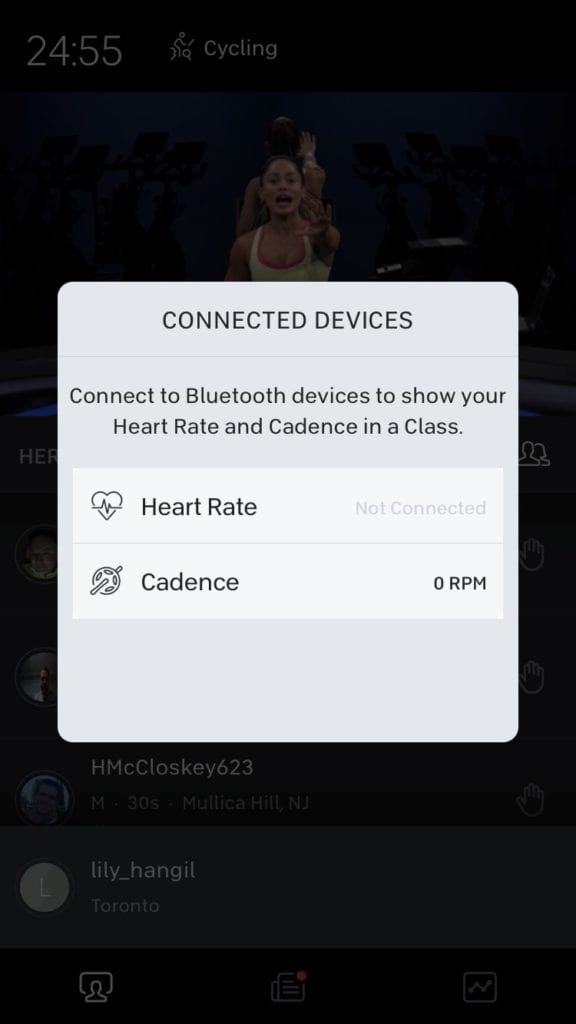How to hack any bike into a Peloton bike
Join the popular classes at a significantly lower cost
 Photo by:
Unsplash/De an Sun
Photo by:
Unsplash/De an Sun
Peloton, the massively popular indoor spin bike company, has been branching out in its products. The Peloton app, which doesn’t require the pricy Peloton bike, has a variety of fitness class offerings. Priced at $16.99/mo after a two month free trial, the app is full of guided exercise classes in disciplines such as strength, yoga, cardio, meditation, running, stretching, boot camp, barre and walking. Though they don’t advertise it as much, the Peloton app also lets users join in on cycling classes—even if they don’t have a Peloton branded bike. Here’s how to use any bike to do a live or pre-recorded Peloton class.
RELATED: Why I changed my mind about the Peloton Bike
How to connect your bike to the Peloton app
You’ll need a bike to do these classes, but pretty much any spin bike or bike on an indoor trainer will do the trick. As long as there is a way for you to increase and decrease the resistance of the bike (making pedalling harder or easier) you’re in business.
You don’t need anything other than the bike to train, but to get the best experience using the Peloton app on either a spin bike or an outdoor bike on a trainer you’ll need two accessories. First, you’ll need a cadence sensor. As long as your cadence sensor attaches to the crank arm and is bluetooth compatible you should be able to pair it with the Peloton app through your phone or tablet. Products like the Garmin Cadence Sensor or Wahoo RPM Cadence Sensor will work well.
You’ll also want a bluetooth compatible heart rate monitor. Garmin, Wahoo and Polar make bluetooth heart chest band heart rate monitors that are popular for cycling. If you have an Apple Watch you should be able to pair it with the Peloton app to track your heart rate.
Getting your sensors connected
Make sure bluetooth is enabled on your phone or tablet. Open the ride and tap on the video of the instructor. Underneath them there should be a ECG (“heart rate trace”) symbol—tap on this and the app should give you the option to connect a heart rate sensor and a cadence sensor. Once you’ve linked your cadence sensor and heart rate monitor to the Peloton app the data you’re generating from these sensors will appear on-screen as you do the workout.
Many Peloton instructors will incorporate cadence into their workouts, for example when they’re explaining how hard you should be riding, so this metric is great to have in front of you as you ride. Heart rate will give you a better idea of how hard you’re pushing yourself, and will help the app more accurately estimate the number of calories you’ve burned during a workout.
RELATED: Biking with Beyoncé: Peloton announces collaboration with the Grammy award-winning artist
The downside of non-branded Peloton-ing
If you’re using only the Peloton app you’ll have a slightly stripped down class experience. Although you can see everyone who is doing the Peloton class at the same time as you, unlike those who have the Peloton bike, you won’t be able to compete with others and see your ranking when you finish a class. That being said, you can still follow friends, give “high fives” and follow hashtag groups.
If you’re interested in figuring out all the hype surrounding these classes, this slightly hacked version of Peloton could save you $2,695, or at least help you figure out whether a Peloton is something you’re ready to commit to buying.




